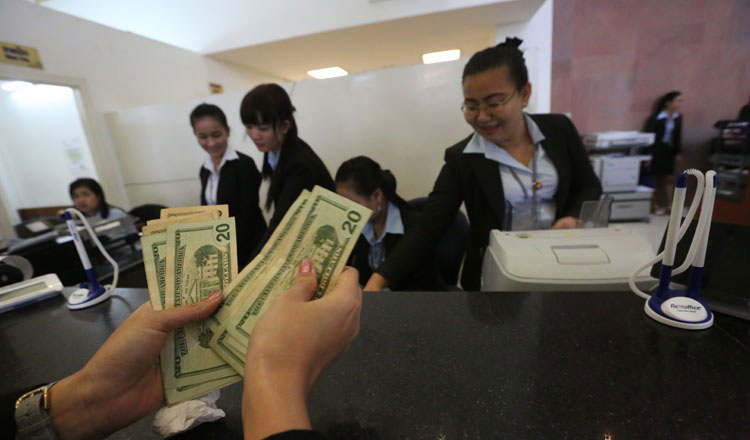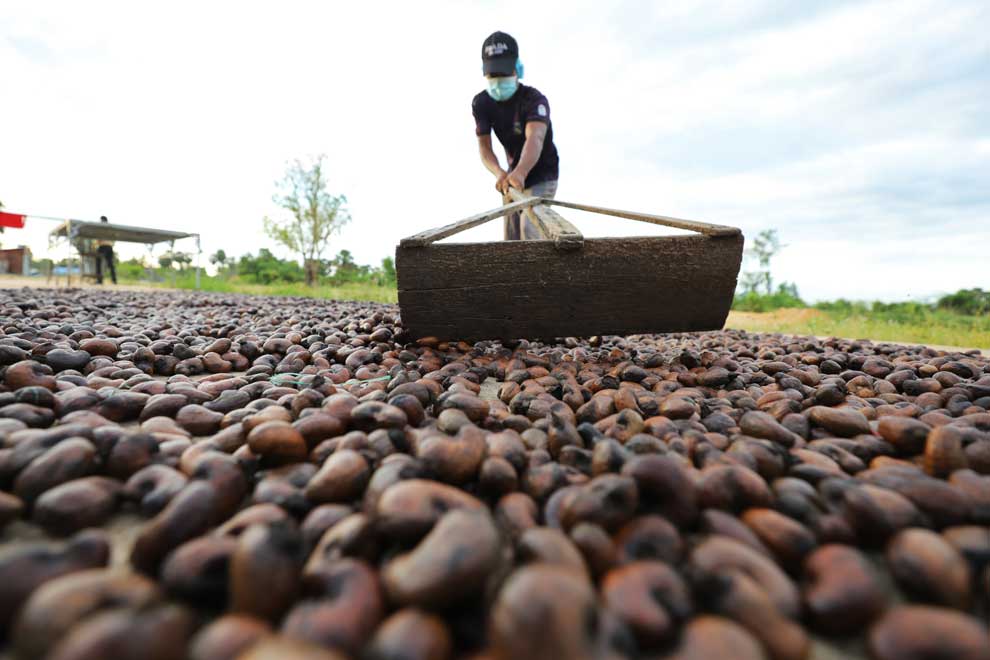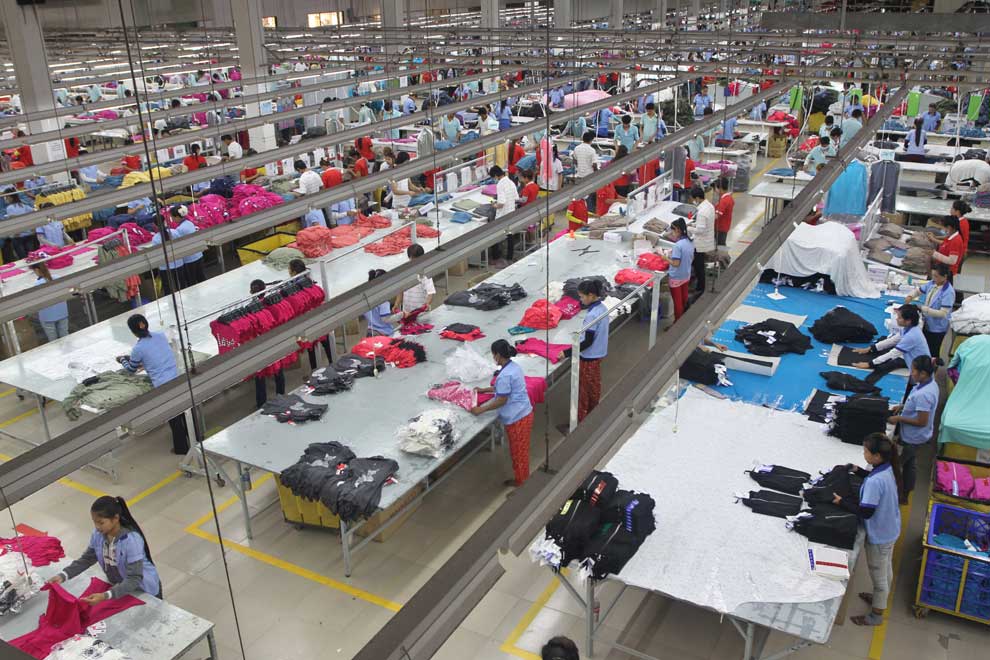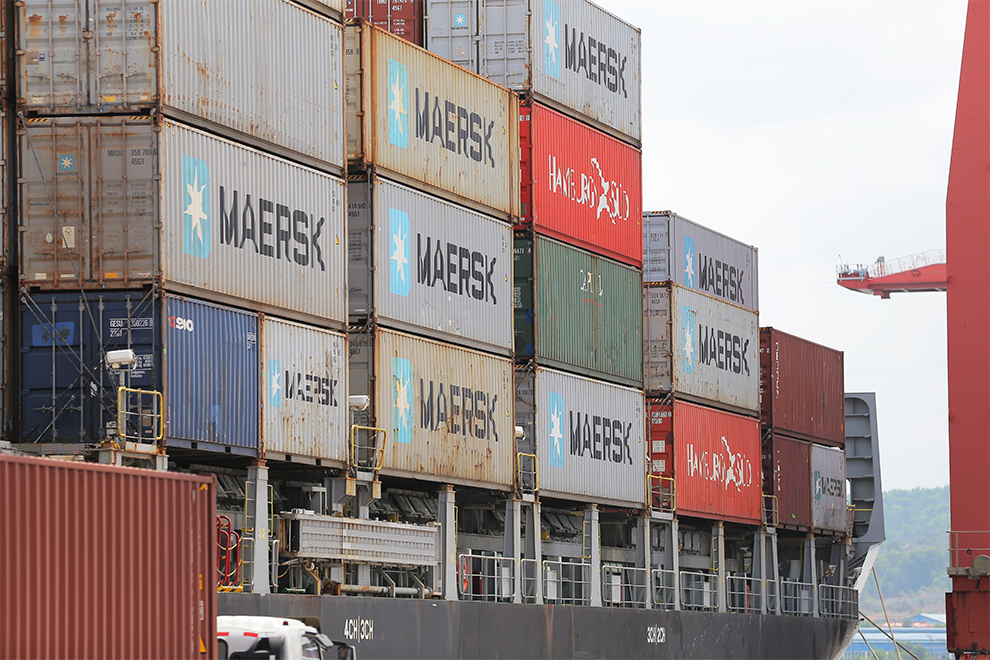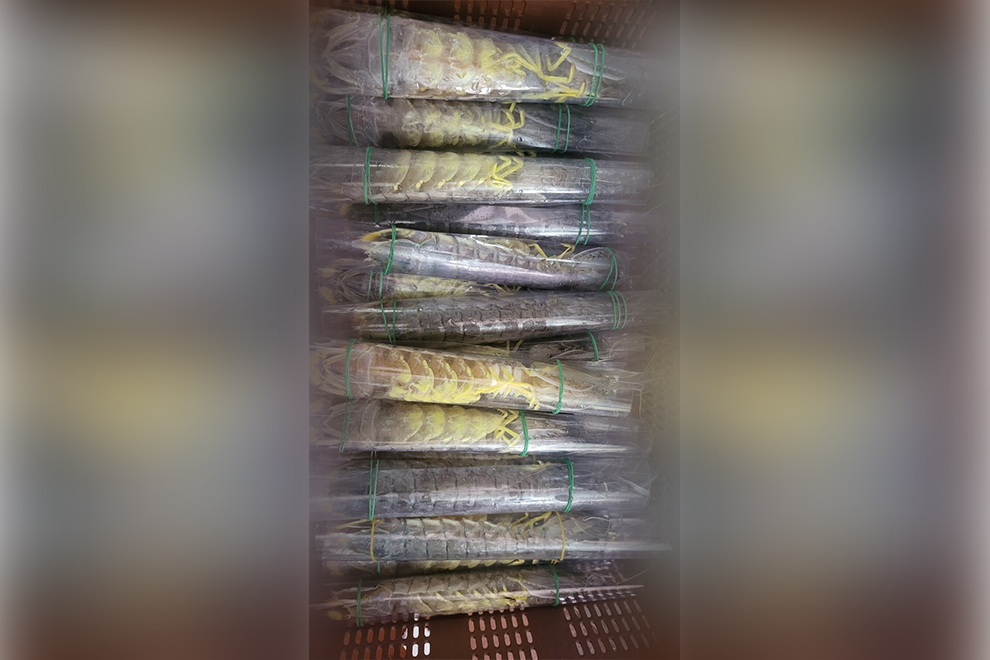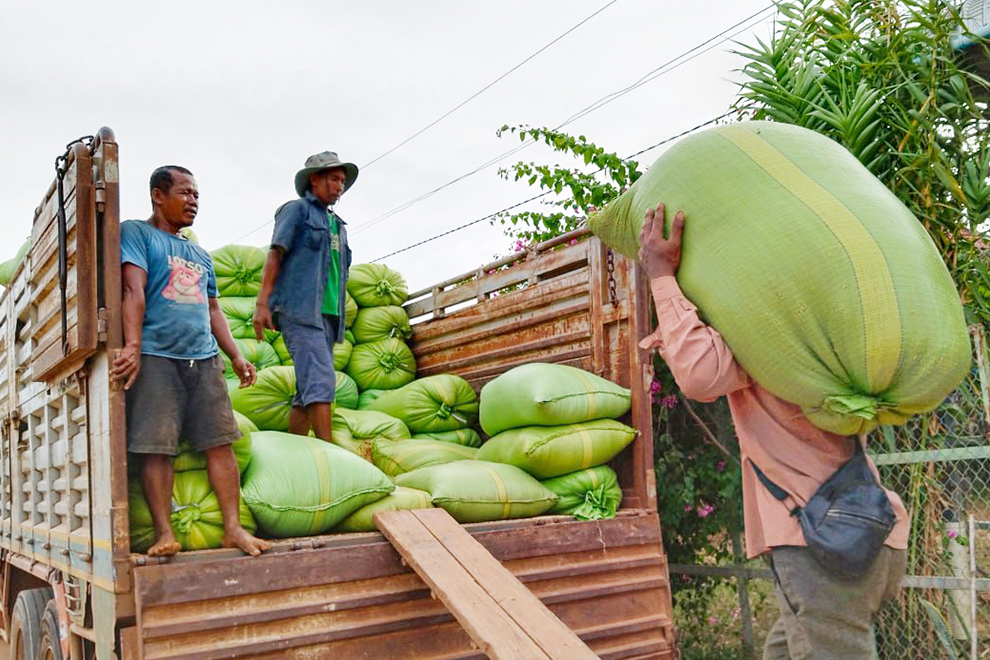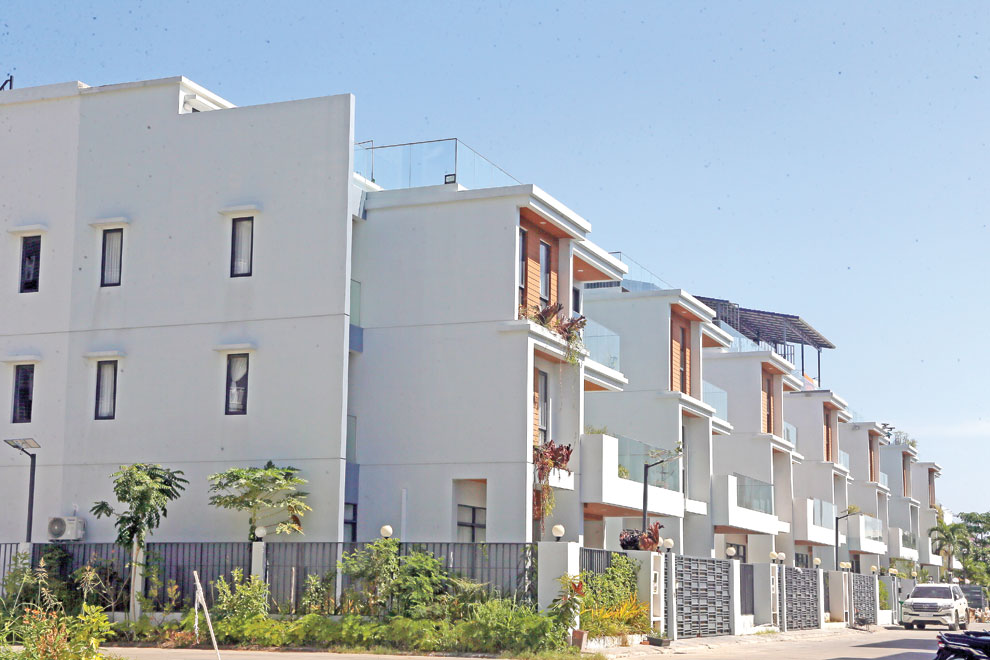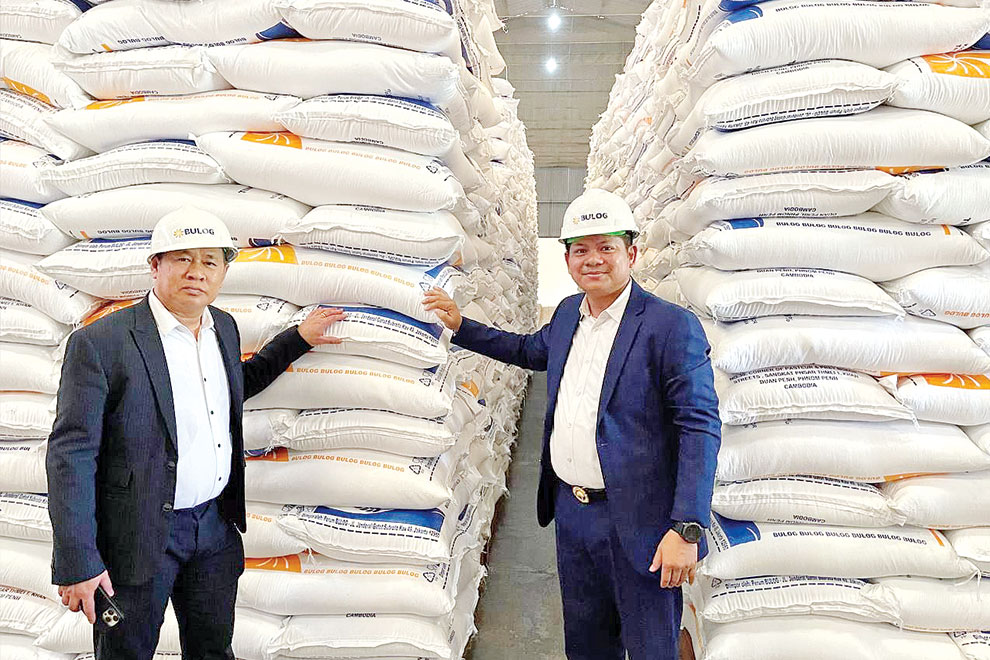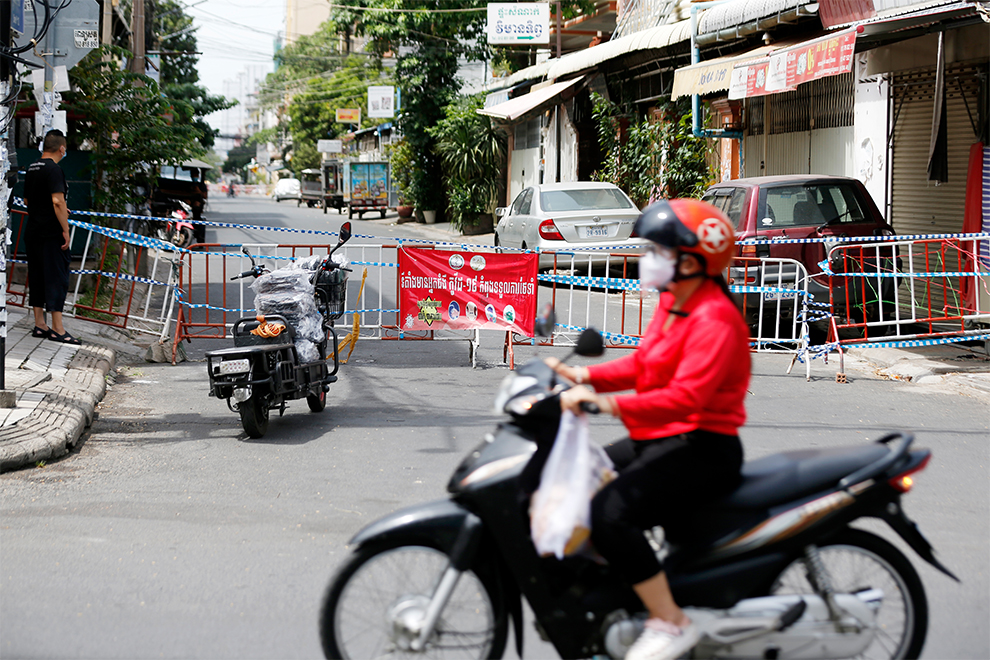Pepper exports dip as farmers wait for higher prices: Insiders
Pepper exports dip as farmers wait for higher prices: Insiders
In 2023, Cambodia exported over 6,000 tonnes of peppercorn to international markets, a decrease of nearly 27% compared to the previous year. The decline has been attributed by those in the industry to the reluctance of farmers and some pepper planters to sell their produce due to low prices.
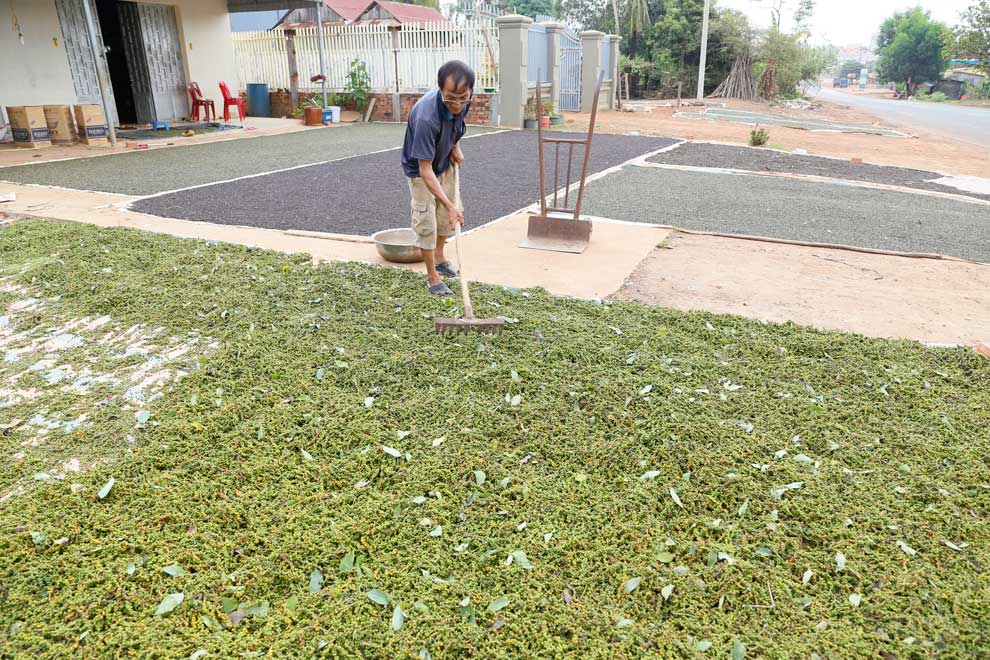
The Ministry of Agriculture, Forestry and Fisheries’ annual report for 2023 showed that the country’s total agricultural exports amounted to more than 8.4 million tonnes, a 1.9% reduction from 2022.
Pepper exports totalled 6,153 tonnes, marking a 26.76% decrease.
Mak Ny, president of the Cambodian Pepper and Spices Federation (CPSF), explained to The Post on January 10 that the global economic crisis had resulted in a decrease in orders from most international markets, including for pepper products.
He attributed the slump in exports to the lower international market prices for the product.
Ny noted that these reduced prices led some growers to withhold their produce in anticipation of a price increase, consequently affecting traders’ procurement for export.
He explained that in 2023, the average price for regular pepper was approximately 12,000 riel ($2.93) per kilogramme, a drop from around 14,000 riel ($3.42) in 2022. However, by the end of 2023, there was a gradual increase in pepper prices in the Cambodian market.
“The reduction in exports wasn’t due to a decline in pepper yields but because the price offered by traders was lower than in 2022. For 2024, we’re hopeful that the international market price for pepper will rebound, leading to a significant increase in exports,” he said.
Ny added that Vietnam is the largest consumer of Cambodian pepper annually, accounting for over 80% of Cambodia’s total pepper exports, excluding Geographical Indication (GI) Kampot-Kep pepper products.
At the start of 2023, Ny had stated that the country generally produces between 17,000 to 20,000 tonnes of pepper annually across nearly 7,000ha.
However, he noted there has been a decrease of about 10 to 20% recently.
He claimed that pepper cultivation primarily caters to export demands, as domestic consumption accounts for only 5-7% annually.
Nguon Lay, president of the Kampot Pepper Promotion Association (KPPA), noted that while regular pepper exports have decreased, exports of Kampot pepper, a GI brand, remain stable at around 100 tonnes annually.
He explained that the province’s pepper has maintained its market because of its standard quality and clear quality certification from the authorities.
He said that most Kampot pepper is pre-contracted by exporters before the annual harvest.
“The data showing a decline in pepper exports in 2023 refers only to ordinary pepper, while exports of Kampot pepper continue as usual,” he added.
Accodring to Lay, the price of GI-Kampot pepper has remained constant since 2015, with current prices at $15 per kg for black pepper, $25 per kg for red and $28 per kg for white.
The annual yield of Kampot pepper is estimated to be around 100 tonnes.
Lay also mentioned that with favourable weather conditions, one hectare of land, planted with about 2,500 trees, can yield approximately 1,500 kilograms of Kampot pepper per year.
The ministry reports that the commodity is cultivated in 18 provinces, with Mondulkiri, Ratanakkiri, Tbong Khmum and Kampot being the leading pepper-growing provinces.
Cambodia exports pepper to various destinations including Vietnam, Germany, Thailand, France, India, Belgium, Taiwan, the Czech Republic, Poland, Japan, Russia, South Korea and Singapore, as reported by the General Department of Customs and Excise (GDCE).






